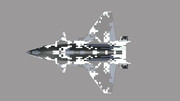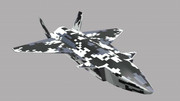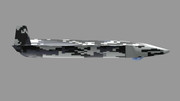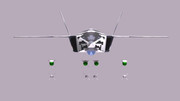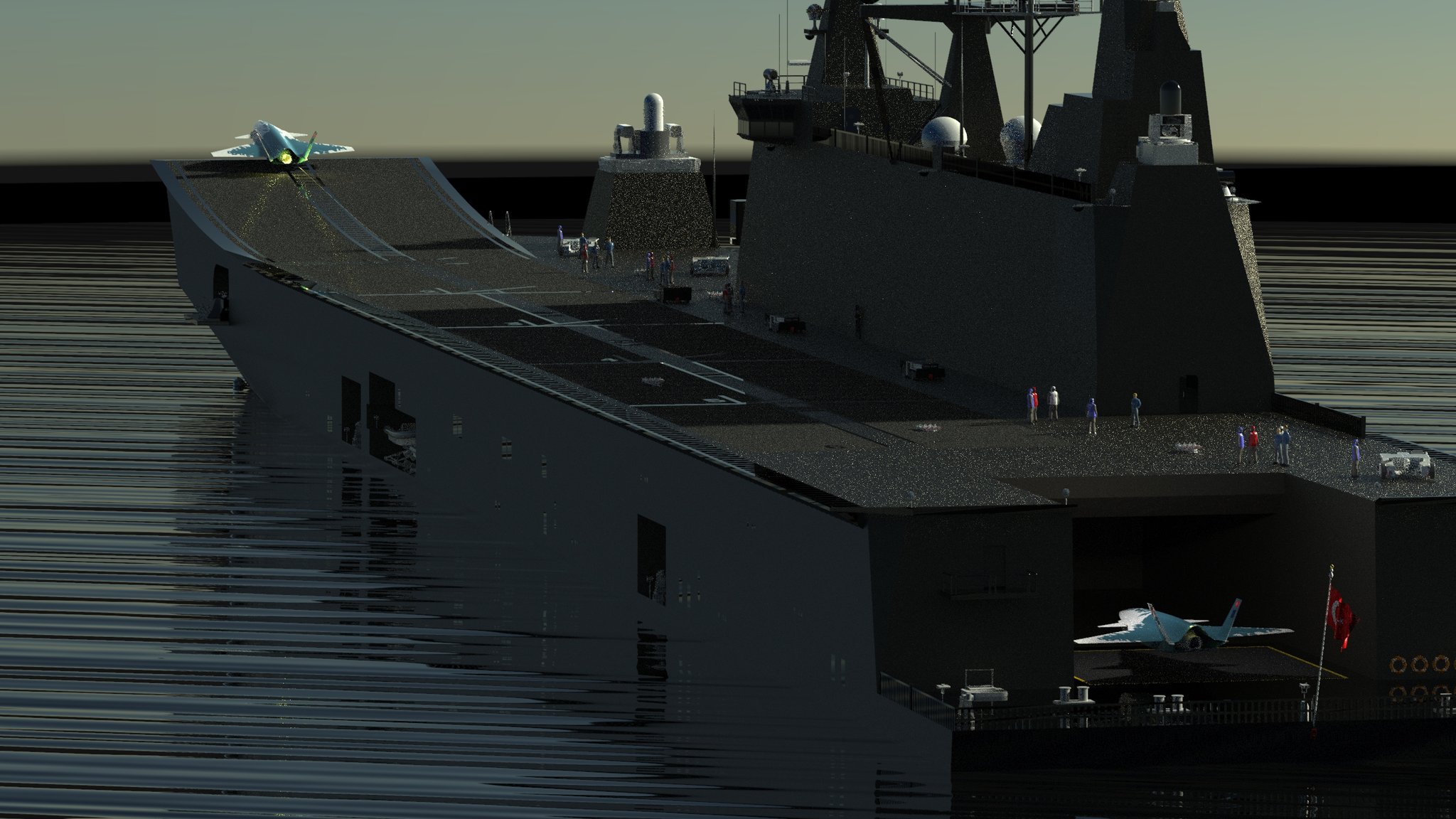Good simple straightforward maths calculation.BTW <13m wingspan is a lot for a 5-6 tonne aircraft. It is more than enough.
MİUS will have "cooperative target detection" capability. This will be a big advantage against other 5th gen aircraft.
Smart squadron ability. A MiUS squadron can work with each other and with friendly aircraft to form a distributed sensor network.
~5 tonnes of MTOW.
Subsonic at first supersonic later the aim is Mach 1.2-1.4 range. The body will be designed for supersonic speeds from the start.
Extreme agility it will easily do over 9G turns.
It will be able to take off from LHD Anadolu without a catapult and it can land with a hook and arrestor.
It will have different variants like Akıncı probably with different engine selections.
It will be extremely stealthy both in RF and IR spectrum.
Internal weapons bay. It will carry 4 BVR and 2 WVR missiles internally and ground weapons when no AA missiles are needed but stealth is needed.
Aselsan AESA, all Turkish air-to-air air-to-ground weapons. A set of different pods.
EO Targeting system.
Satcom and classic datalink
~1.5-tonne payload.
5-6 hour endurance.
The aim is to keep flyaway costs under 30 million $
The first flight is in 2023. Initial delivery will be made and initial operational capability will be gained in 2025.
Now let's make some basic calculations regarding the operability of MİUS from the LHD Anadolu.
Lenght of LHD Anadolu is 232 m with a runway length of 202m. Let's round it down to 200m
Let's assume that the MTOW of Mius is 5000kg
Lets assume take-off speed is 200 km/h--->56m/s (for reference F-16 take-off speed is around 250km/h)
Vs^2=Vo^2+2ax
56^2=0+2a*200
a=7,84m/s^2
F=m.a
F=5000*7,84
F=39200 N
Let's convert N to lbf 39200N=8812 lbf
So MIUS needs an engine with at least 8812lbf thrust to take-off from Anadolu LHDs 202 m runway. AL-322F can provide 4200 kgf/ 9260lbf with an afterburner so the engine of the MİUS needs to be at least similar to that. At this point engines like AL-25TL is not an option for the MİUS.
But, different airframes and different designs behave differently with respect to lift and speed through air.
One simple example is F414 engine;
Mako/Heat plane does max 1.6 Mach (single engined)
Gripen jet does 2 Mach (single engined)
HAL TED BF does 1.6 Mach (twin f414 engines - very short take off)
HAL Tejas mk2 does 2 Mach (Single engined)
Each plane have very different characteristics with respect to take off speed and take off distance. And are different in size and shape.








